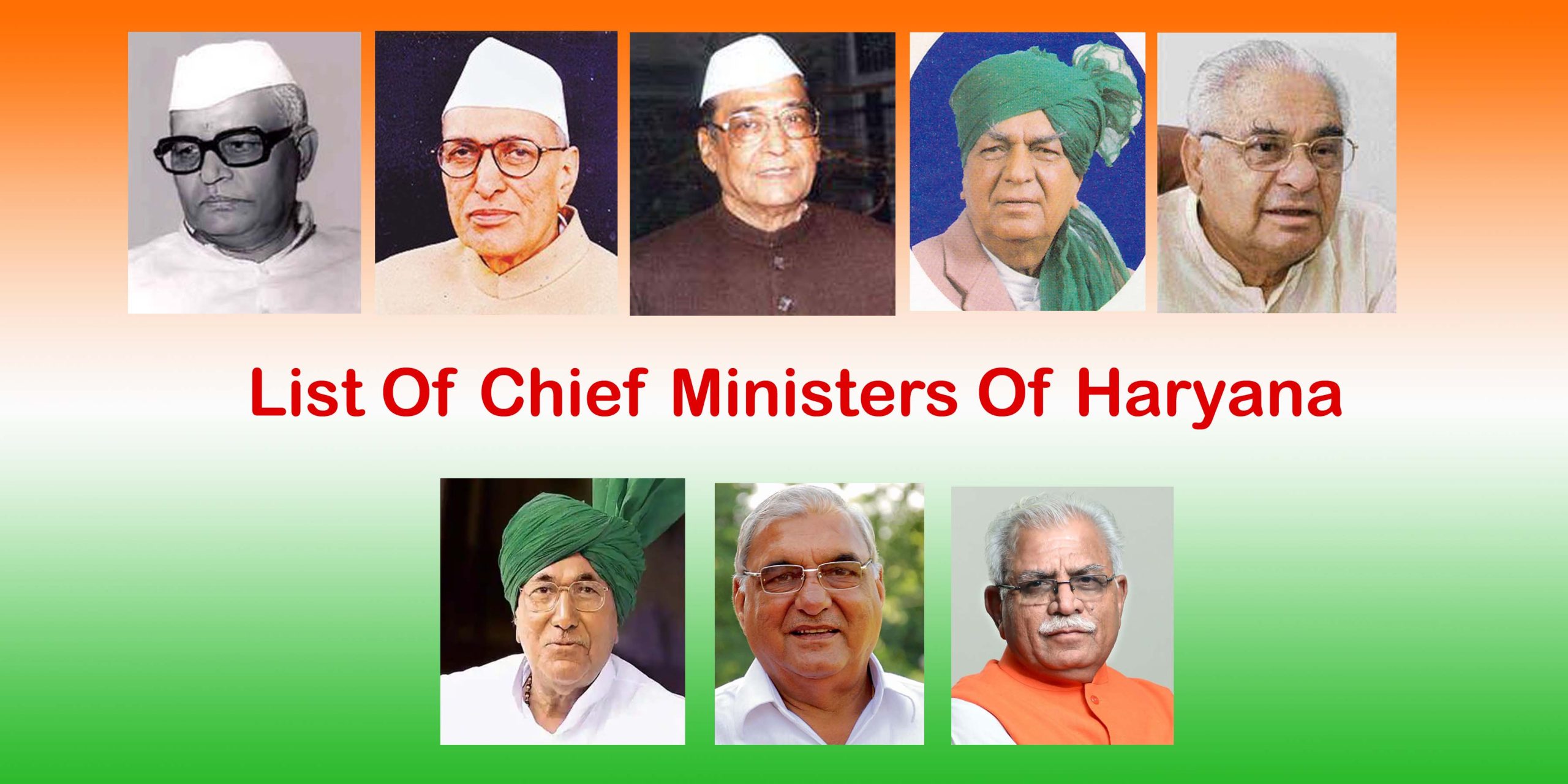
A Journey of Chief Ministers of Haryana Since Independence
Since its establishment on November 1, 1966, Haryana has been under the leadership of various CM who have shaped its destiny through different eras of development, reform, and challenges. In a Journey of Chief Ministers of Haryana Since Independence have been at the forefront of steering the state through various challenges, achievements, and milestones.
Steering Haryana’s Progress: A Look at the Journey of Chief Ministers of Haryana Since Independence
A Journey of Chief Ministers of Haryana Since Independence blog post aims to delve into the tenures of Haryana’s Chief Ministers, exploring their backgrounds, key contributions, challenges faced, and the legacies they’ve created in shaping the state’s destiny.
A Journey Through Leadership: Haryana Chief Ministers Since 1966
Bhagwat Dayal Sharma (1966-1967)
As the first Chief Minister of Haryana, Bhagwat Dayal Sharma had the monumental task of laying down the administrative framework for the newly formed state.
Contributions:
Sharma focused on establishing the state’s governance structures and agricultural and industrial development policies.
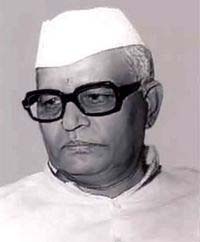
Challenges:
The primary challenge was to carve out a distinct identity for Haryana, separate from Punjab, and address the nascent state’s infrastructural needs.
Legacy: People remember Sharma for establishing Haryana and laying the foundation for its future growth.
Bansi Lal (1968-1972, 1972-1975, 1986-1987, 1996-1999)
Bansi Lal, a key player in Haryana’s political scene, served as Chief Minister three times, filling his tenure with significant development projects.
Contributions:
He’s famous for boosting Haryana’s agriculture through the green revolution, massively improving the state’s infrastructure, and accelerating industrial growth.
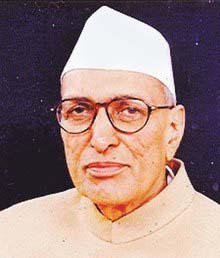
Challenges:
He had to manage the difficult task of maintaining Haryana’s rapid industrial development in an eco-friendly manner while addressing the differences in wealth and status among its people.
Legacy: People remember Bansi Lal as a forward-thinking leader crucial to transforming Haryana into a rich and thriving place in farming and industry.
Banarsi Das Gupta (1975-1977)
Banarsi Das Gupta was the Chief Minister of Haryana between 1975 and 1977, known for his deep roots in local politics. He led the state during a period of significant social and economic shifts.
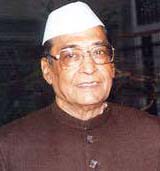
Key Contributions:
- He made changes to help farmers grow more crops and live better lives.
- He worked on improving the state’s infrastructure, especially in the countryside, and ensured people had access to essential services.
- He also pushed for better education, working to get more people to read and write and raise the quality of schools in Haryana.
Challenges:
- He had to find the right mix between growing industries and farming in an economy that was changing fast.
- He tackled rural poverty and joblessness, especially during tough times like the national emergency.
- He also worked to ensure that different Haryana communities lived together peacefully and had equal chance opportunities to prove their lives.
Legacy:
- People remember Gupta for boosting farming and building up Haryana’s infrastructure, setting a solid base for the state’s growth.
- His leadership in challenging times played a significant role in keeping Haryana’s economy steady and moving forward.
Devi Lal (1977-1979, 1987-1989)
Devi Lal was a popular leader who served as Chief Minister twice. He was famously known as the ‘Champion of Farmers.
Contributions:
He pushed for significant changes in farming, like eliminating farmers’ debts, advocating for their rights, and ensuring they got better crop prices.
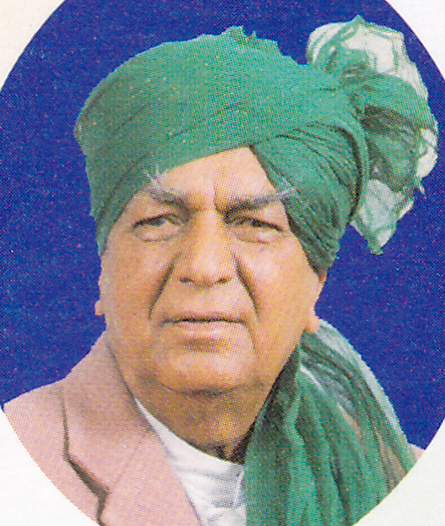
Challenges:
Devi Lal faced the challenge of improving the lives of low-income people in the countryside while also trying to grow the state’s economy.
Legacy: He’s known for his strong support of farmers and work to boost farming, which helped improve Haryana’s rural economy.
Bhajan Lal (1979-1982, 1982-1986)
Bhajan Lal was Chief Minister of Haryana for two terms. He was famous for his intelligent political moves and deep insights into the state’s social and economic issues. His time in office was a critical period of political and economic growth in Haryana.
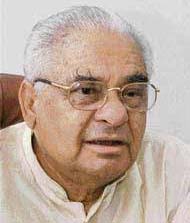
Key Contributions:
- He led significant changes in farming that significantly increased Haryana’s farm production and improved farmers’ lives.
- He was crucial in attracting businesses to invest in Haryana, which created jobs and diversified the economy.
- He started programs to help people who had little, improving the lives of those on the fringes of society.
Challenges:
- He had to figure out how to move Haryana from mainly farming to becoming a big player in industry.
- He had the difficult task of leading during political ups and downs and significant changes in society and politics.
- He worked on closing the gap between the countryside and cities, ensuring that all parts of Haryana could grow equally.
Legacy:
- People praise Bhajan Lal for transforming Haryana into a shining example of farming and industry through his thoughtful planning, which attracted investment and new ideas.
- His leadership set the stage for Haryana’s lasting growth and ensured everyone had a fair chance.
Om Prakash Chautala (1989-1990, 1991, 1999-2000, 2000-2005)
Om Prakash Chautala is a big name in Haryana politics. He has been Chief Minister four times and has concentrated on improving things and changing how the government works.
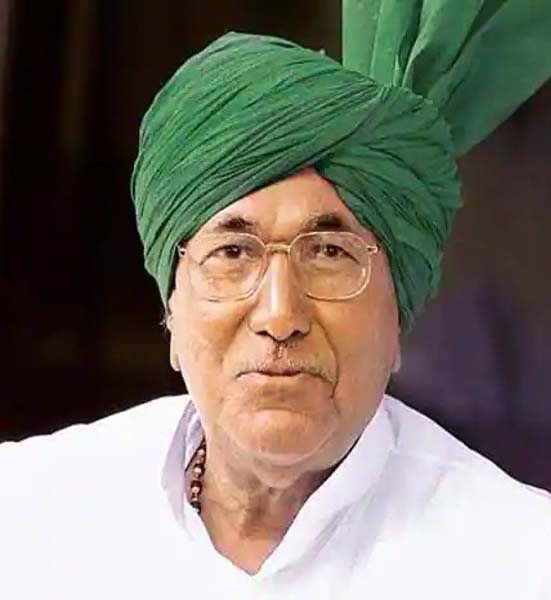
Contributions:
Chautala’s time in office is known for changing education, building better infrastructure, and starting projects to help people living in rural areas.
Challenges:
He faced issues during his time with keeping peace and order, accusations of corruption, and ensuring that cities and countryside areas were developing evenly.
Legacy: Even with some disputes, Chautala’s work improving the state’s buildings, roads, and schools has made a long-term difference.
Bhupinder Singh Hooda (2005-2009, 2009-2014)
Bhupinder Singh Hooda guided Haryana during significant economic improvement, focusing on modernizing and developing cities.
Contributions:
Hooda’s time saw big projects to build better infrastructure, growth in IT and industries, and better support for social welfare programs.
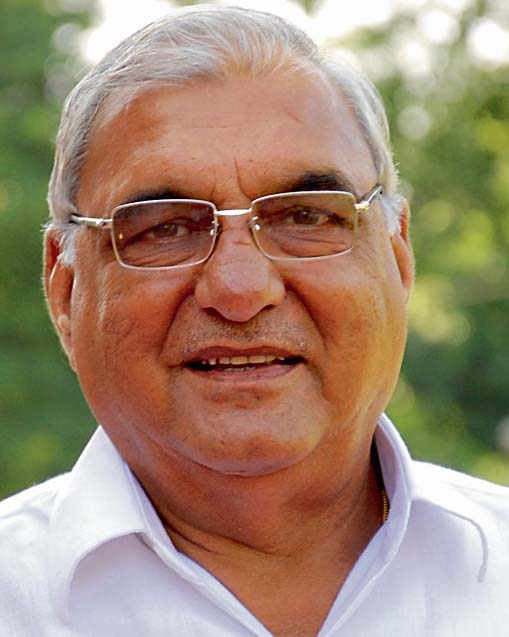
Challenges:
He had to deal with the environmental issues caused by rapid city growth and ensure that all parts of Haryana grew pretty.
Legacy: People remember Hooda for transforming Haryana into an IT and services hub and improving the state’s quality of life through his efforts.
Manohar Lal Khattar (2014-Present)
The current Chief Minister, Manohar Lal Khattar, is all about running things well, being open and honest, and using digital technology more.
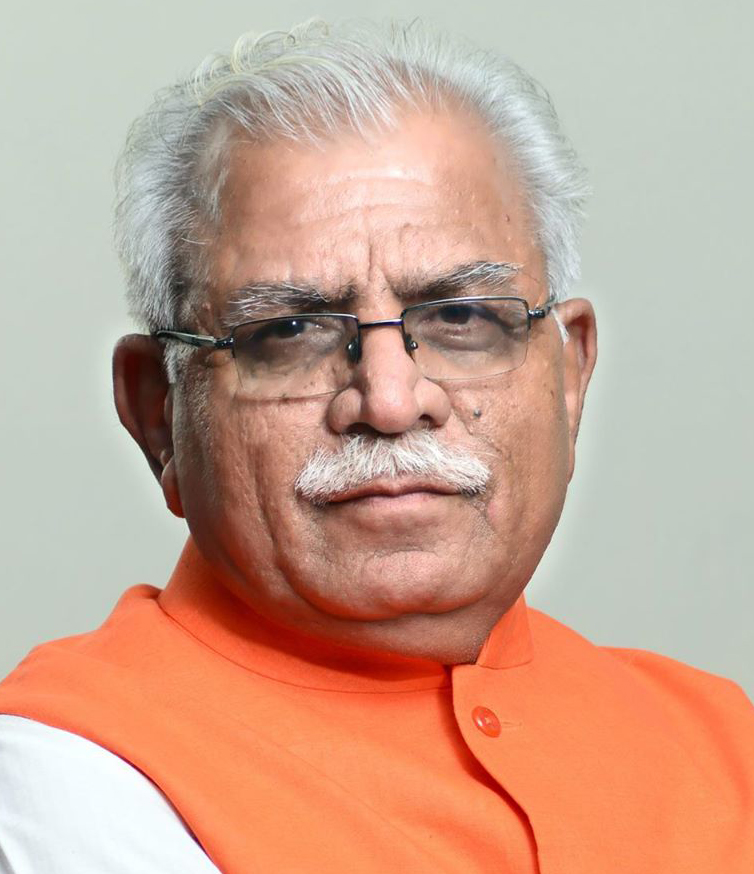
Contributions:
With him in charge, Haryana has started using digital tools for government work, making changes in education, and investing in clean energy.
Challenges:
Khattar’s team is working on growing in a way that lasts, solving joblessness, and fighting pollution.
Legacy: As he continues to lead, Khattar aims to leave a legacy of making Haryana more high-tech, financially robust, and environmentally friendly.
Conclusion:
Since its creation, Haryana has become an essential part of India’s economy thanks to its Chief Ministers’ hard work and vision. In a Journey of Chief Ministers of Haryana Since Independence, each has contributed something unique to the state’s growth, tackling problems and paving the way for new opportunities. As Haryana continues to change, the groundwork these leaders have laid will help guide its path forward.
On Postswirl blogging site, In a Journey of Chief Ministers of Haryana Since Independence, take a closer look at their achievements. The hurdles they faced and the difference they have made in bringing the state forward.




